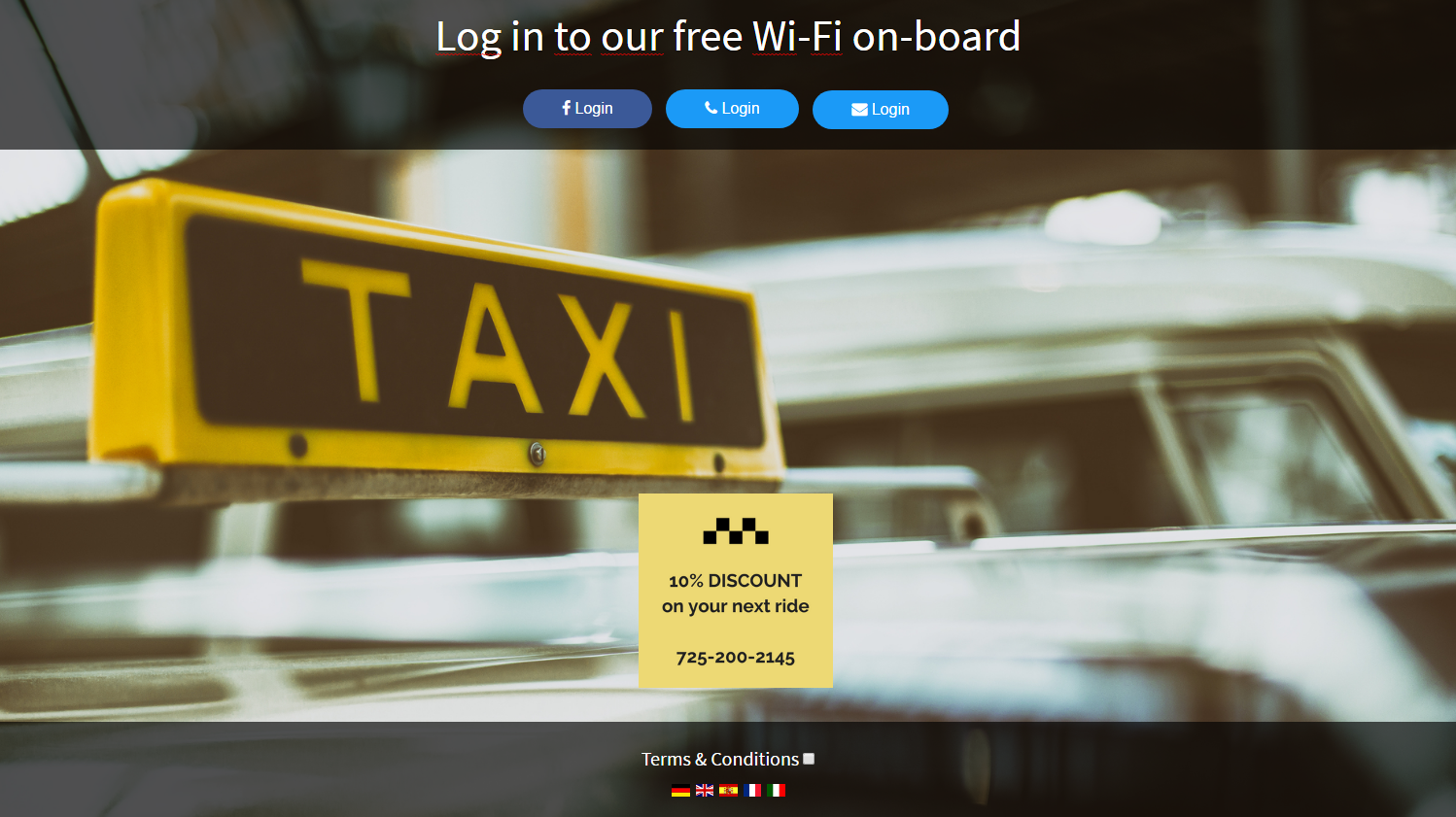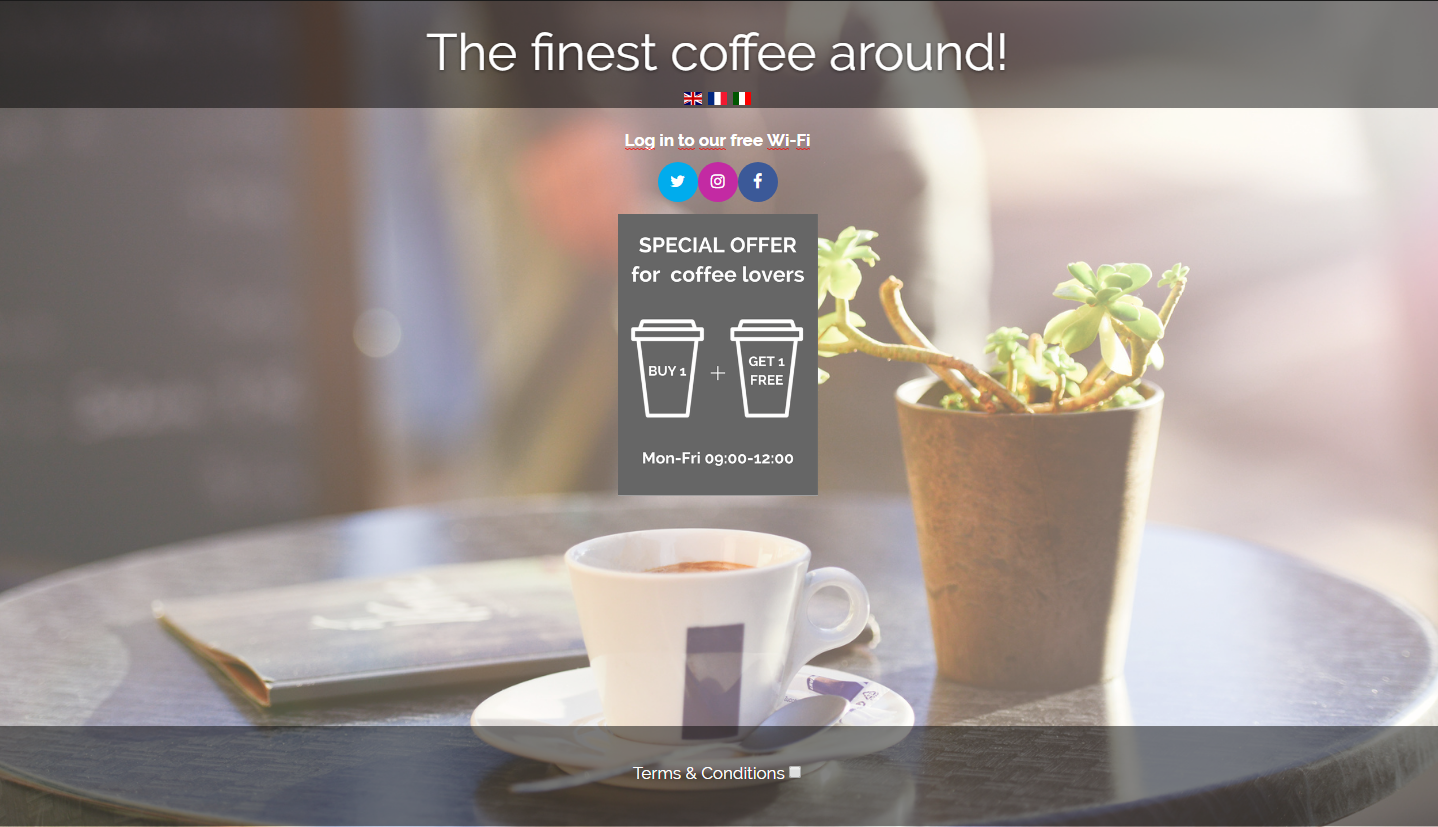Spectrum WiFi – How unlicensed spectrum boosts the development of WiFi
Spectrum WiFi – How unlicensed spectrum boosts the development of WiFi
What are the differences between unlicensed and licensed spectrum? And what is the relation between unlicensed spectrum WIFI and the benefits Wi-Fi brings to society? Let’s answer these answers below.

The term spectrum wifi refers to all the radio frequencies, from 3 kHz to 300 GHz, available for wireless communications. There are two types of radio spectrum established by the Federal Communication Commission: licensed and unlicensed. Licensed spectrum consists of frequencies made available to companies for a specific use, i.e. cellular companies connecting people through wireless phone services that work transmitting data over the air. Spectrum licenses provided by the FCC are always needed for mobile operators, i.e. Verizon and AT&T, and establish conditions such as fees and charges and other parameters such as the frequency band – in general between 700 MHz and 2.6 GHz – and network coverage they can use: indeed, mobile carriers providing 3G and 4G mobile services can’t operate on the same band at the same time and with the same geographical reach. In this respect, the FCC regularly checks on its spectrum dashboard “how spectrum bands are allocated and for what uses, and who holds licenses and in what areas”.
On the other hand, unlicensed spectrum wifi is publicly owned, has light rules to follow and is free, meaning no paid license is needed for those who want to use it. Wi-Fi is the most popular technology taking advantage of the affordable unlicensed spectrum in order to deliver high-performing connectivity, and it can carry more data traffic than other wireless solutions. For this reason, unlicensed spectrum is an extremely valuable benefit for people, who more and more rely on Wi-Fi as the main resource for accessing the internet. Let’s see the main advantages unlicensed spectrum brings to technologies such as Wi-Fi and, consequently, to society as a whole:
- Unlicensed spectrum is an open door to innovation: by relying on an affordable access to airwaves, innovators operating on unlicensed spectrum, i.e. companies and organizations belonging to the Wi-Fi industry, have the opportunity to develop new applications to facilitate connectivity and equip devices with more capabilities, i.e. the possibility to receive notifications on smartphones about the level of energy users are using, the opportunity to manage your device remotely, etc.
- Another advantage of unlicensed spectrum is related to the greater demand for mobile services. Indeed, the increasing development of devices – especially smartphones and tablets – and the related big data demand imply a larger need for spectrum in order to have more capacity. Nevertheless, licensed spectrum is already congested by wireless carriers and other telecommunication operators, which paves the way for unlicensed spectrum to be a widely used and much cheaper alternative to face future user needs. In this respect, Wi-Fi is the unlicensed spectrum-based technology with the right requirements to handle the growing demand for connectivity, as it can increase the capacity of mobile networks and can carry large amounts of data traffic.
- Being broadly adopted by innovative wireless technologies such as Wi-Fi, the unlicensed spectrum has a positive impact on the whole society. Indeed, it represents a cost-effective solution for both urban environments and rural areas. For instance, thanks to unlicensed spectrum, Wi-Fi solution providers have the possibility to: empower communities deploying free Wi-Fi in public areas; improve public transportation by using Wi-Fi on buses and trains, as a way to encourage more people to switch from private to public means of transportation; facilitate rural health care, by enabling patient of rural areas to use their Wi-Fi network to reach doctors remotely.
Unlicensed spectrum wifi is a highly valuable resource, which can be smartly leveraged by wireless technologies such as Wi-Fi in order to boost innovation and find effective ways to bring improvements to the whole society.
Related articles:
https://www.classichotspot.com/blog/the-benefits-of-public-wi-fi-access-on-our-society/
https://www.classichotspot.com/blog/4-reasons-5g-cellular-wont-threat-wi-fi/

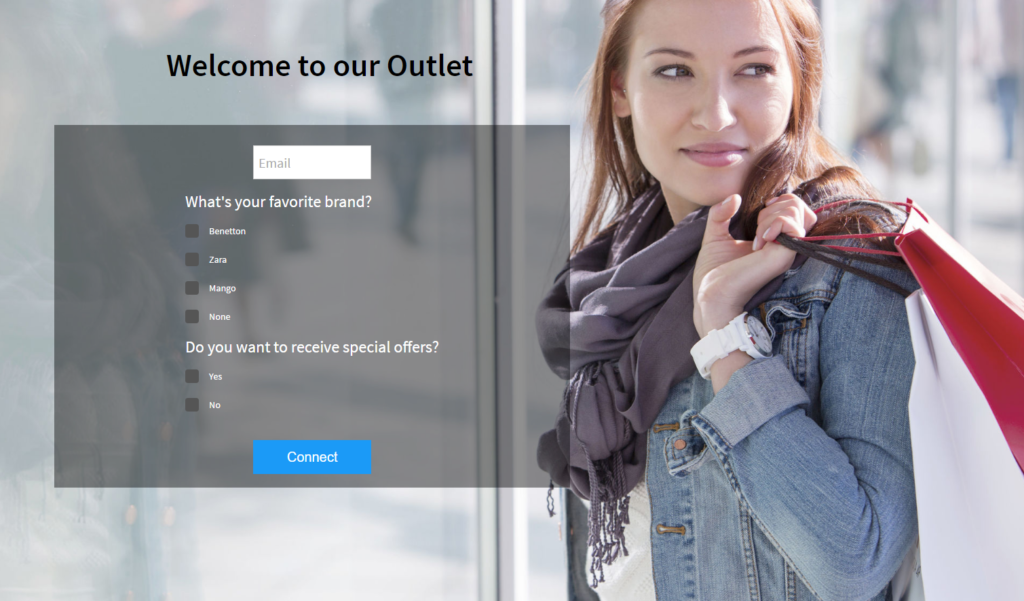 Screenshot 1: a login page with the personalized form and the email authentication
Screenshot 1: a login page with the personalized form and the email authentication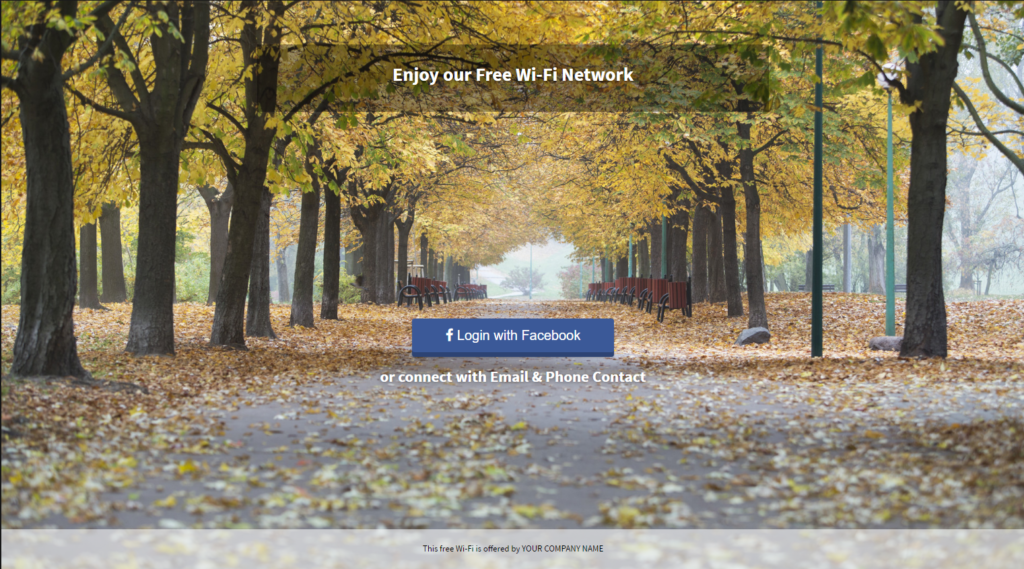 Screenshot 2: a login page with the Facebook login
Screenshot 2: a login page with the Facebook login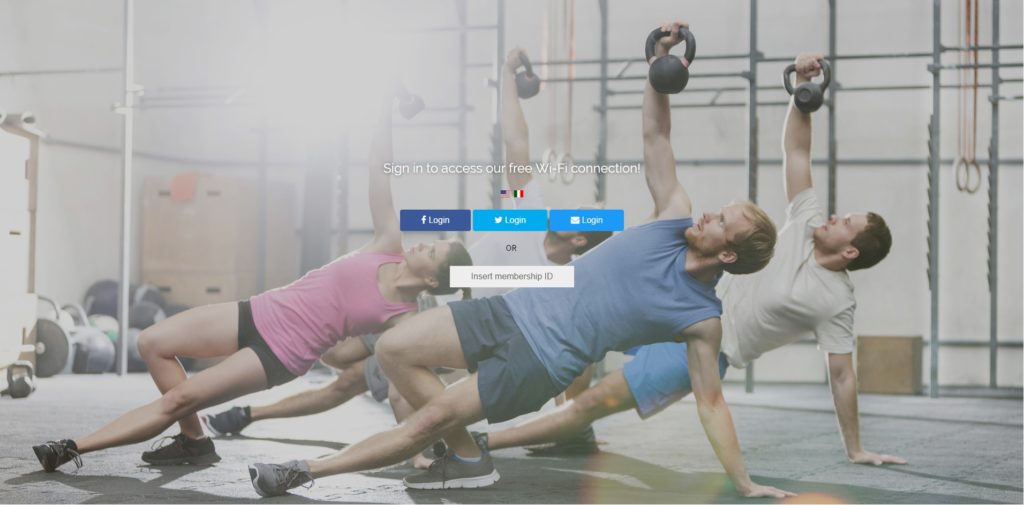 Screenshot 3: a login page with the social login
Screenshot 3: a login page with the social login

